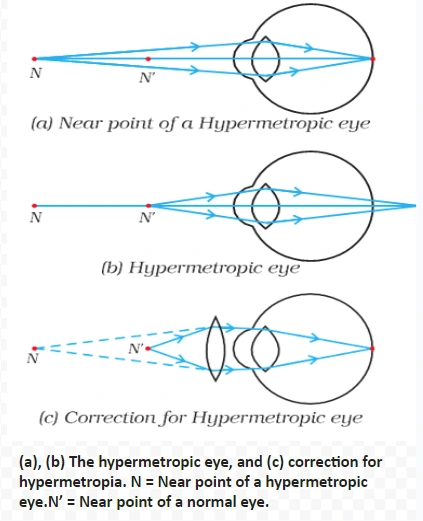![]() 16 Dec 2023
16 Dec 2023
The eye may gradually lose their power of accommodation. In such conditions, the person cannot see the objects distinctly and comfortably. The vision becomes blurred due to the refractive defects of vision.

(i) the focal length of the eye lens is too long, or
(ii) the eyeball has become too small.

EYES DONATION
Did you know? 

Understanding and addressing defects of vision is crucial for promoting clear sight and ensuring the well-being of individuals. By exploring the various refractive defects of vision such as myopia, hypermetropia, and presbyopia, we uncover the importance of corrective measures like spherical lenses. Embracing non-optical and optical aids becomes paramount in empowering those with visual impairments, emphasizing the significance of a world that accommodates diverse abilities and rectifies defects of vision.
<div class="new-fform">
</div>